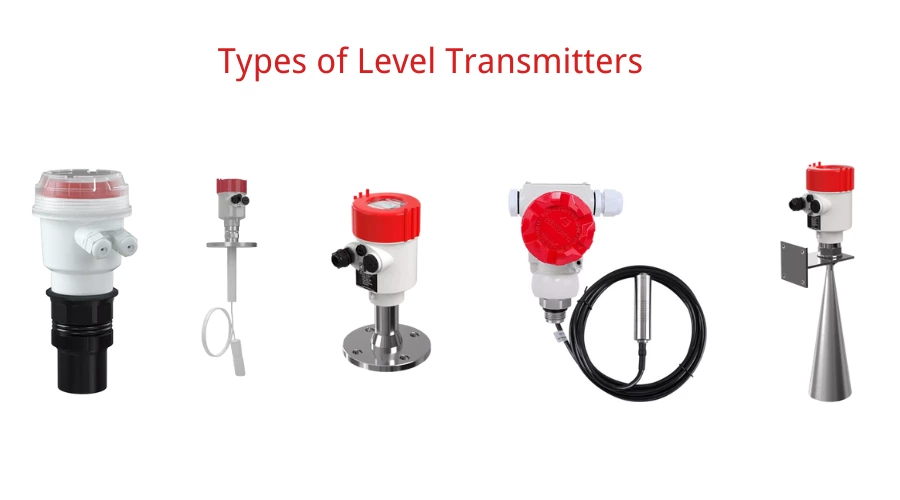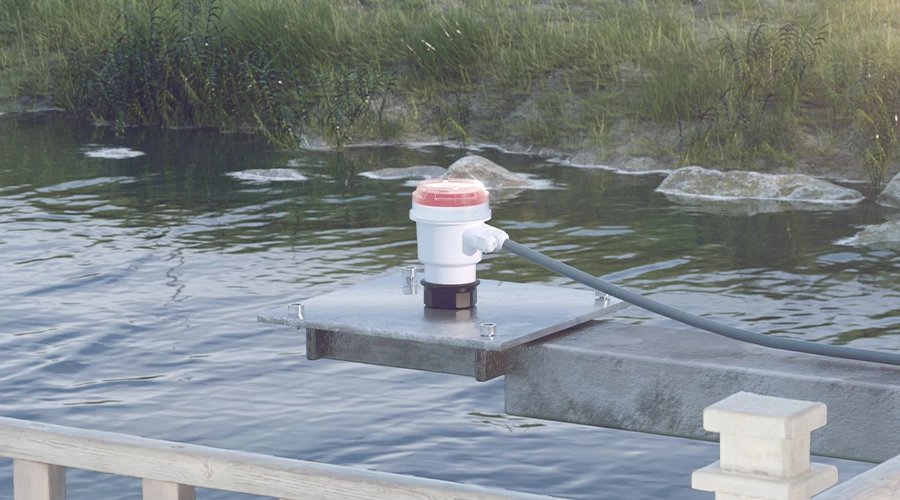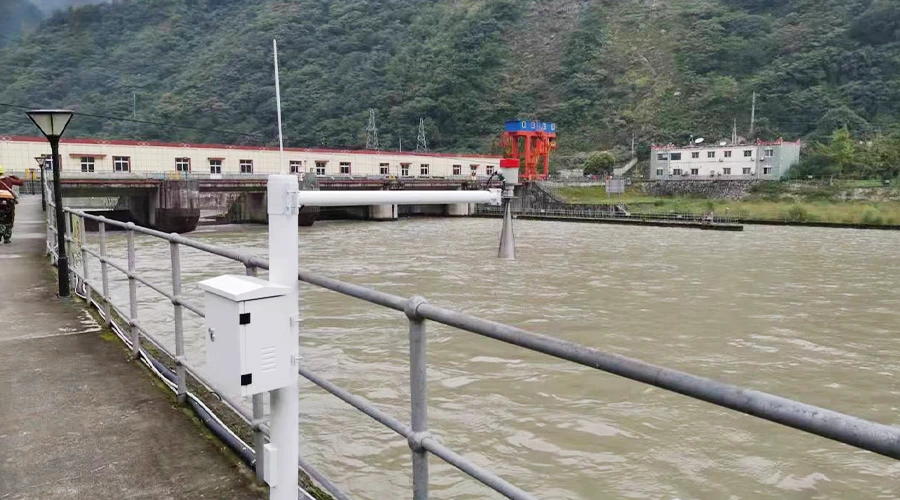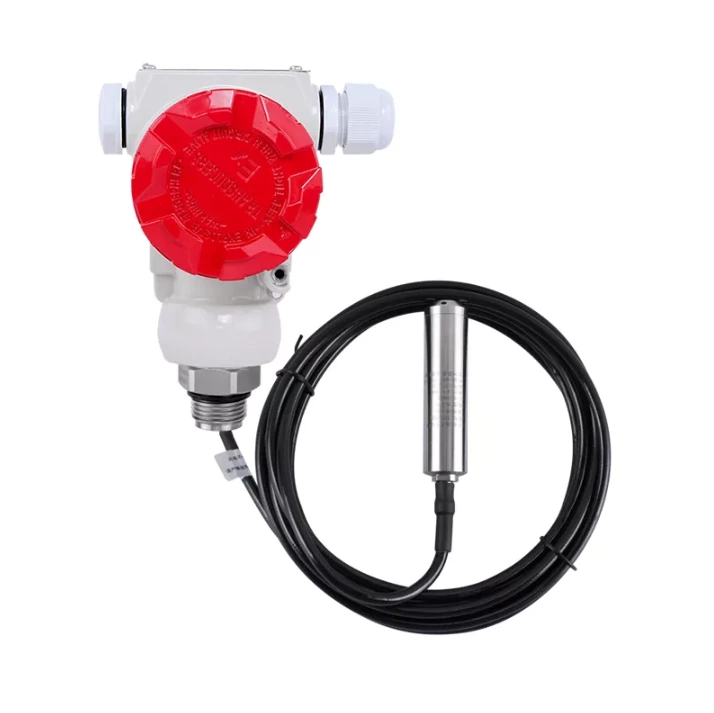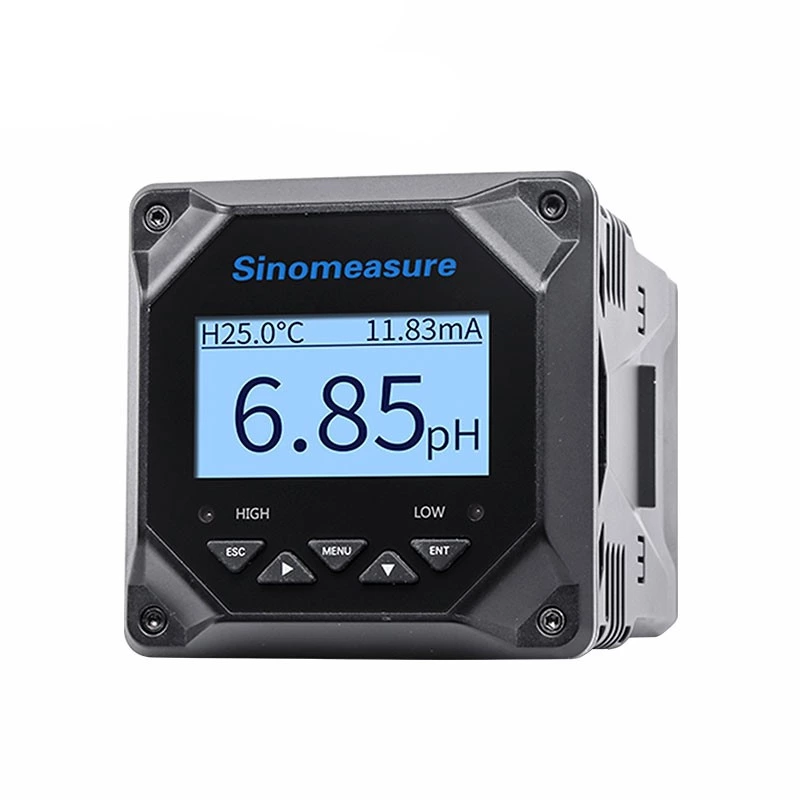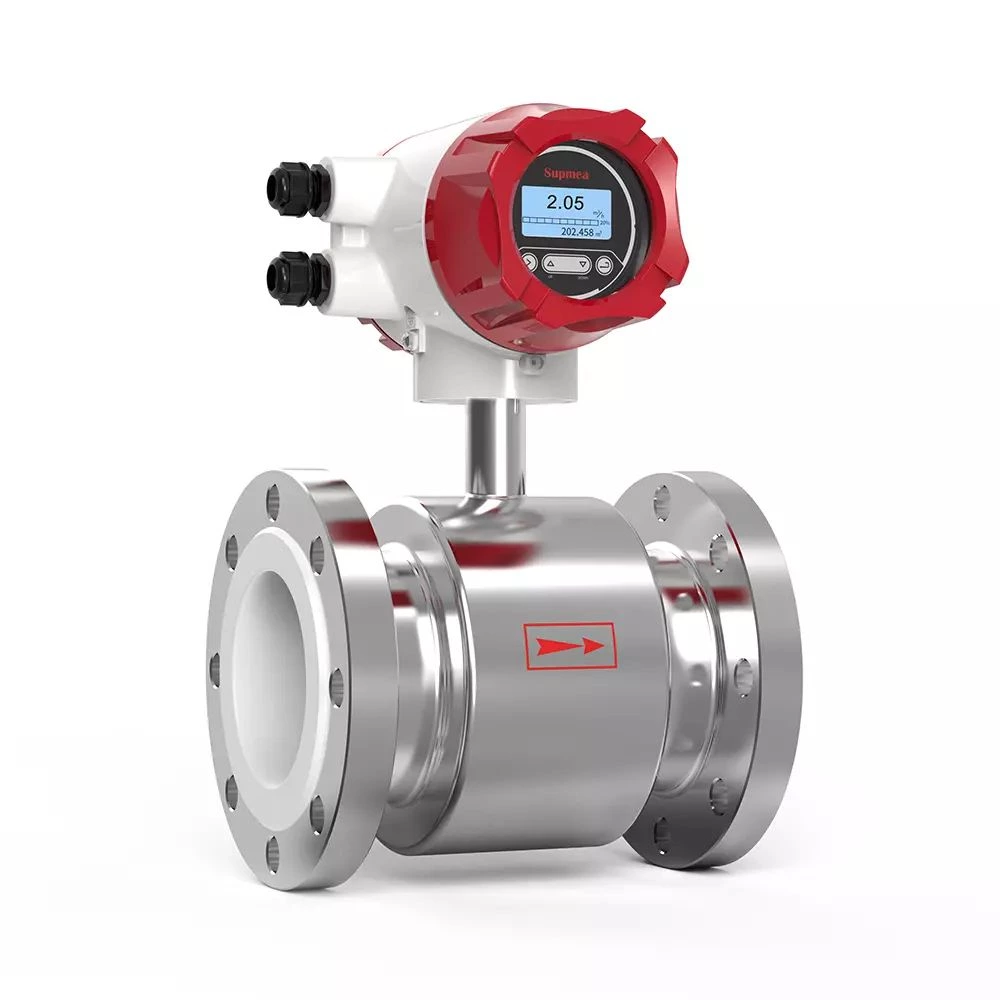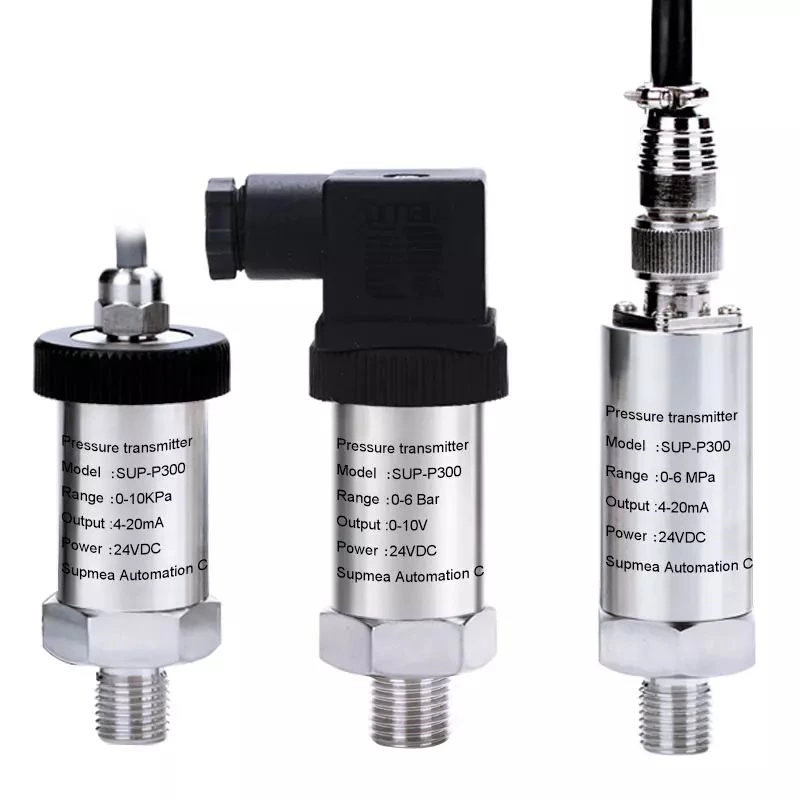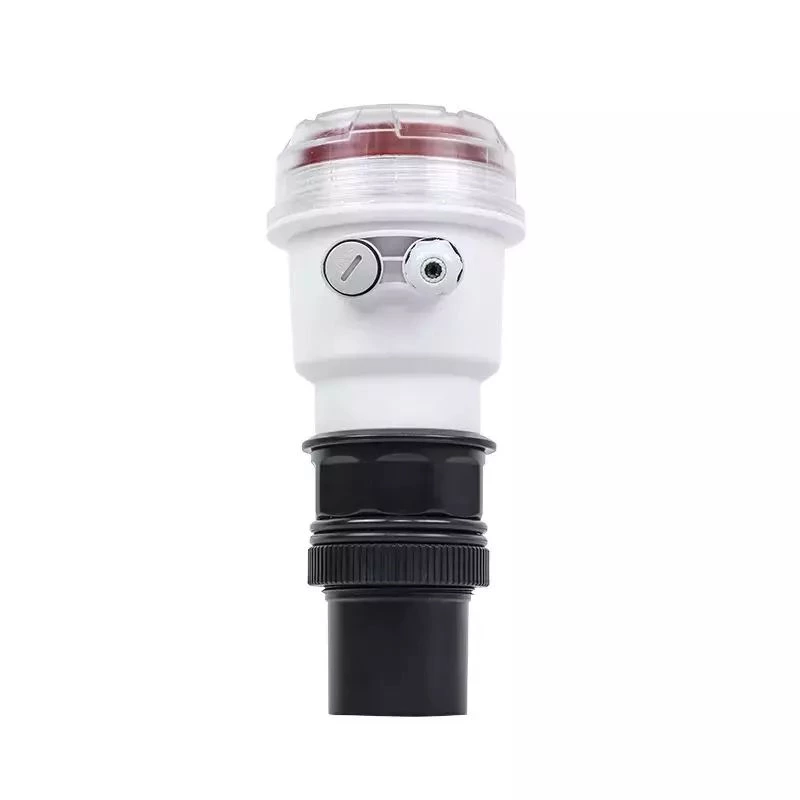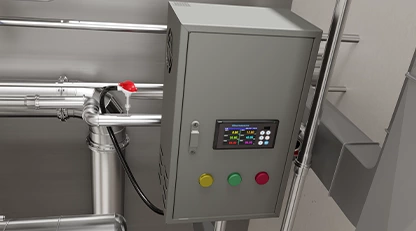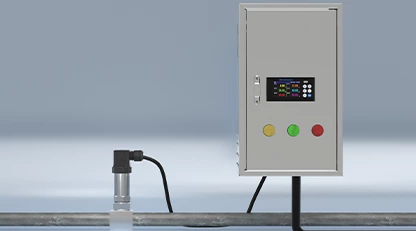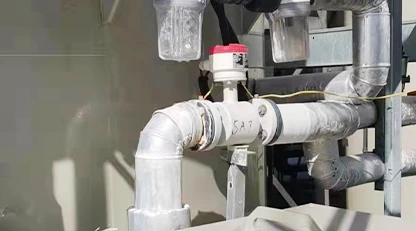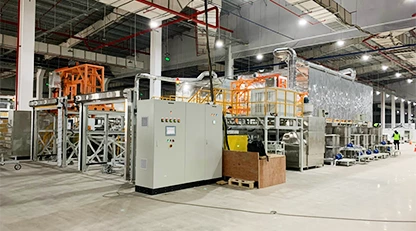What is a level transmitter?
A level transmitter is a type of sensor that is used to measure and transmit the level of a liquid or solid material in a container or vessel. It is a critical component in many industrial and commercial processes that require accurate level monitoring, such as in chemical processing, oil and gas refining, water treatment, and food and beverage production.
Level transmitters can be designed to measure the level of liquids, slurries, or powders, and can use different measurement technologies such as ultrasonic, radar, capacitive, or hydrostatic pressure sensing. The transmitter converts the level measurement into an electrical signal that can be transmitted to a control system or display for monitoring and process control. Level transmitters are essential for maintaining safety, optimizing production efficiency, and ensuring accurate inventory management.
What Does a Level Transmitter Work?
A level transmitter typically works by measuring the hydrostatic pressure exerted by a liquid or solid material at a particular point. The transmitter consists of a sensing element, such as a pressure sensor or a differential pressure sensor, which measures the pressure exerted by the liquid or solid material. This pressure reading is then converted into an electrical signal that is proportional to the level of the liquid or solid material.
In some level transmitters, the sensing element is placed at the bottom of the tank or container, while in others, it is mounted externally on the side of the tank or container. Some level transmitters use other measurement techniques such as ultrasonic, radar, or capacitive measurement to determine the level of the liquid or solid material.
Once the level transmitter has generated the electrical signal, it is sent to a control system, where it can be used to trigger alarms or control the flow of the liquid or solid material. Level transmitters are commonly used in industries such as oil and gas, chemical processing, water treatment, and food and beverage production.
What is a water level sensor and how does it work?
A water level sensor is a device used to measure and monitor the level of water in a container or body of water. There are several types of water level sensors, but they all generally work by using one of two methods: contact or non-contact.
Contact water level sensors work by physically touching the surface of the water and measuring the distance from the sensor to the water level. These sensors can be simple, such as a float switch that rises and falls with the water level, or more complex, such as a submersible pressure sensor that measures the water pressure at a specific depth.
Non-contact water level sensors work by using various technologies to measure the distance from the sensor to the water surface without physically touching it. These sensors can use ultrasonic waves, laser beams, or radar signals to determine the water level. They are often used in applications where contact sensors may not be practical or may be prone to corrosion or fouling.
Regardless of the type of water level sensor used, the data collected is typically transmitted to a control system or display for monitoring and analysis. Water level sensors are commonly used in applications such as wastewater treatment, irrigation systems, and water storage tanks.
6 Types of Level Transmitters and Sensors and How They Work
There are several types of level transmitters and sensors used to measure the level of liquids or solids in tanks or vessels. Here are five common types and how they work:
Ultrasonic Level Sensors
An ultrasonic level sensor is a non-contact type of level sensor that works by emitting ultrasonic waves towards the surface of the liquid and measuring the time it takes for the waves to reflect back to the sensor. The basic principle behind the operation of an ultrasonic level sensor is the time-of-flight measurement.
The sensor emits high-frequency ultrasonic waves that travel through the air and hit the liquid surface. When the ultrasonic waves reach the surface, they reflect back to the sensor. The time it takes for the waves to travel from the sensor to the surface and back is measured and used to calculate the distance between the sensor and the liquid surface.
The distance measurement is then converted into a level measurement by using the known distance from the sensor to the bottom of the tank or vessel. The level measurement is displayed on the sensor's screen or transmitted to a control system for monitoring or control purposes.
Ultrasonic level sensors are commonly used in a variety of industries, including water treatment, chemical processing, food and beverage, and oil and gas. They are ideal for measuring the level of liquids that are corrosive, sticky, or have a high solids content, as they do not come into contact with the liquid being measured.
Radar Level Sensors
A radar level sensor is a non-contact level measurement device that uses electromagnetic waves to measure the distance from the sensor to the surface of the liquid or solid being measured. The sensor emits a high-frequency radio wave signal which is directed towards the surface of the liquid or solid, and the signal is reflected back to the sensor's antenna.
The time taken for the signal to travel to the surface and back is measured, and this time is used to calculate the distance from the sensor to the surface. The distance is then converted into a level measurement and displayed on a screen or transmitted to a control system.
Radar level sensors are highly accurate and can measure the level of liquids and solids with high precision, even in harsh industrial environments. They are also unaffected by temperature, pressure, or the properties of the material being measured. This makes them ideal for use in applications such as tanks, silos, and other vessels used in the oil and gas, chemical, and food and beverage industries.
Capacitance level sensors
A capacitance level sensor is a type of level transmitter that operates based on the principle of capacitance. It measures the level of a liquid or solid material by detecting changes in capacitance as the level changes.
The sensor consists of two electrodes, one of which is a conductive probe that extends into the liquid or material being measured, and the other is a reference electrode that is usually located outside the container or tank. The probe electrode acts as one plate of a capacitor, and the liquid or material acts as the dielectric medium, while the reference electrode acts as the other plate.
When there is no liquid or material present, the capacitance between the electrodes is at its lowest level. As the level of liquid or material rises, it fills the gap between the probe and reference electrodes, increasing the capacitance. The level sensor measures the change in capacitance and converts it into a level measurement.
Capacitance level sensors are commonly used in applications where non-contact measurement is required or where the liquid or material being measured is non-conductive. They are widely used in the food and beverage industry, pharmaceuticals, and water treatment plants, as well as in oil and gas refineries, chemical plants, and other industries where accurate and reliable level measurement is critical.
Pressure level sensors
A pressure level sensor is a device that measures the level of liquids, gases, and other fluids by sensing the pressure at a certain depth. It typically consists of a probe or diaphragm that is immersed in the fluid and connected to a pressure transducer.
As the fluid level rises or falls, the pressure on the probe or diaphragm changes accordingly. The pressure transducer then converts this pressure into an electrical signal, which is used to determine the level of the fluid. The principle behind this technology is based on Pascal's law, which states that the pressure exerted by a fluid at rest is transmitted uniformly in all directions.
The accuracy of a pressure level sensor depends on various factors such as the design of the probe, the type of pressure transducer, and the calibration of the sensor. This type of sensor is commonly used in applications such as water and wastewater treatment, oil and gas production, and industrial processes where accurate level measurement is critical for efficient operation and safety.
Float level sensors
A float level sensor is a type of level sensor that measures liquid levels by detecting the position of a float that is suspended in the liquid. The float is usually made of a buoyant material and is attached to a metal stem. As the liquid level changes, the float moves up or down along the stem, and this movement is detected by a sensor located on the stem.
The sensor works by measuring the change in magnetic field as the float moves past it. The sensor consists of a magnetic core surrounded by a coil of wire. As the float moves past the sensor, the magnetic field in the core changes, which induces a voltage in the coil. This voltage is then converted into a level reading.
Float level sensors are commonly used in applications where the liquid being measured is not corrosive or aggressive to the materials used in the sensor. They are simple to install and operate, and they can be used in a wide range of industries, including water treatment, chemical processing, and food and beverage production. However, they may not be suitable for liquids with high viscosity or those that contain solids or debris that could interfere with the movement of the float.
Hydrostatic level transmitter
A hydrostatic level transmitter is a type of level sensor used to measure liquid levels in tanks and other vessels. It works on the principle of hydrostatic pressure, which is the pressure exerted by a fluid due to its weight.
The hydrostatic level transmitter consists of a sensing element that is placed at the bottom of the tank or vessel, submerged in the liquid. The sensing element is a diaphragm or a pressure sensor that is sensitive to changes in pressure. As the liquid level rises or falls, the pressure exerted by the liquid on the sensing element changes, and this change in pressure is converted into an electrical signal by the sensing element.
The electrical signal is then transmitted to a control system or a display device, where it is used to calculate the liquid level. The level is calculated based on the principle that the pressure exerted by a liquid is directly proportional to its height, density, and gravity. The hydrostatic level transmitter is accurate, reliable, and suitable for a wide range of liquids, including corrosive and hazardous liquids. It is commonly used in industrial and process applications, such as water treatment, chemical processing, and oil and gas production.
Why Accurate Level Sensors Are Important?
Accurate level sensors are important because they help ensure the efficient and safe operation of various industrial processes. If the level sensor provides inaccurate readings, it can lead to overfilling or underfilling of tanks, which can cause equipment damage, production downtime, or even safety hazards.
For example, in the oil and gas industry, accurate level sensors are critical for monitoring the levels of oil, gas, and water in storage tanks and pipelines. In the food and beverage industry, accurate level sensors are used to monitor the levels of ingredients in mixing tanks to ensure the correct product formulation. In the pharmaceutical industry, accurate level sensors are used to monitor the levels of fluids in vessels to ensure proper chemical reactions.
Therefore, accurate level sensors can help improve the quality and consistency of the end product, reduce the risk of equipment damage, and increase operational efficiency and safety.
How to Choose the Best Level Transmitter?
When choosing a level transmitter, there are several factors to consider to ensure you select the best one for your specific application. Here are some key considerations:
- Type of measurement: Consider what you are measuring, such as liquid level, solids level, or both. Choose a level transmitter that is specifically designed for the type of measurement you need.
- Measuring range: Determine the required measuring range for your application. Consider the minimum and maximum levels you need to measure.
- Accuracy: Choose a level transmitter with a suitable accuracy level for your application. Accuracy requirements will vary depending on the process.
- Environment: Consider the environmental conditions, including temperature, pressure, humidity, and the presence of corrosive or abrasive materials. Choose a level transmitter that can withstand these conditions.
- Installation: Consider the mounting and installation requirements of the level transmitter. Make sure it can be installed in a suitable location and manner for your application.
- Output: Determine the required output signal, such as analog or digital, and ensure the level transmitter provides the appropriate output signal for your control system.
- Cost: Consider the cost of the level transmitter and ensure it fits within your budget while still meeting the necessary requirements for your application.
- Overall, choosing the best level transmitter for your application requires careful consideration of the above factors, as well as any specific requirements unique to your process.

